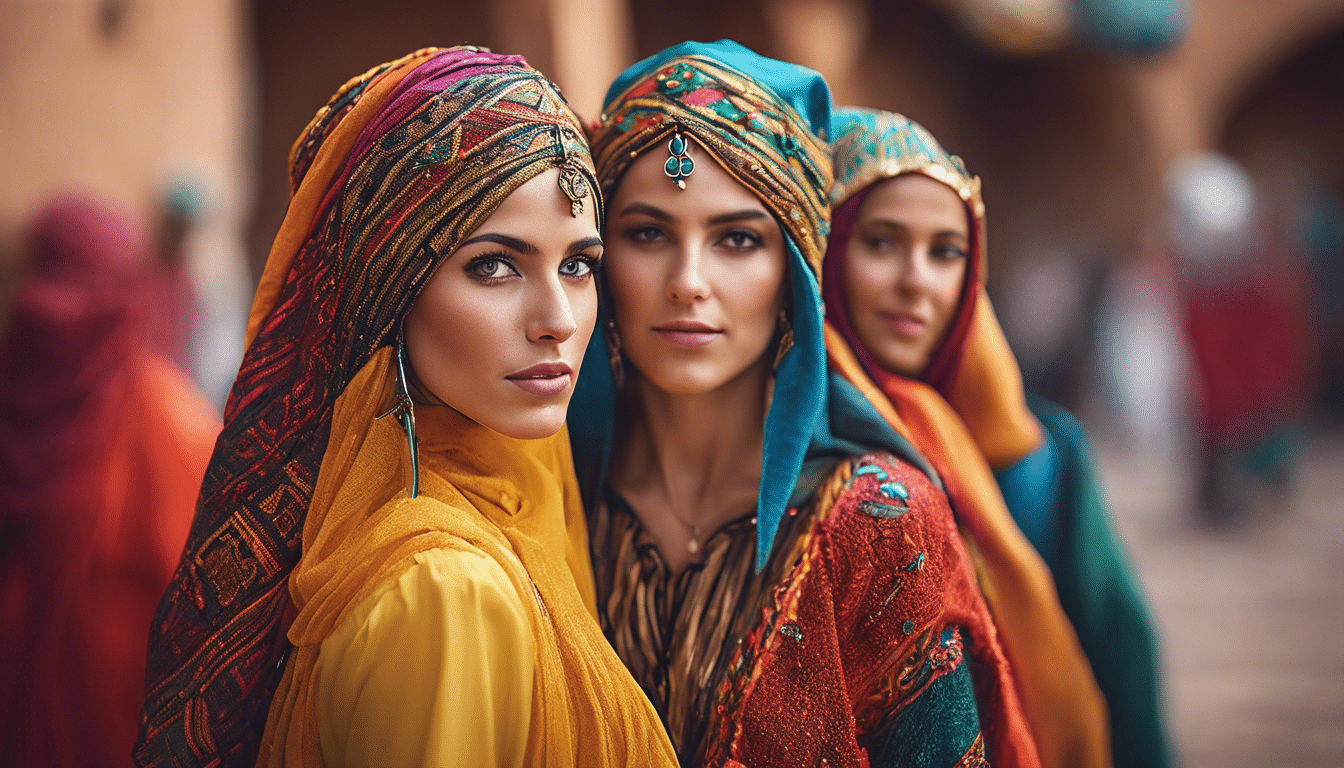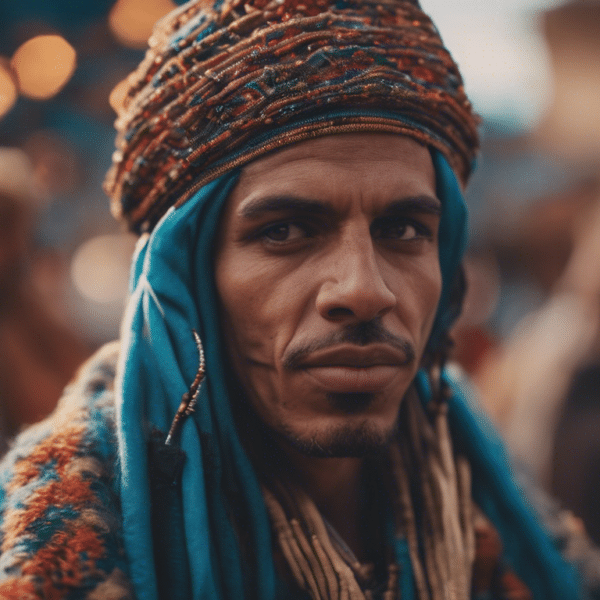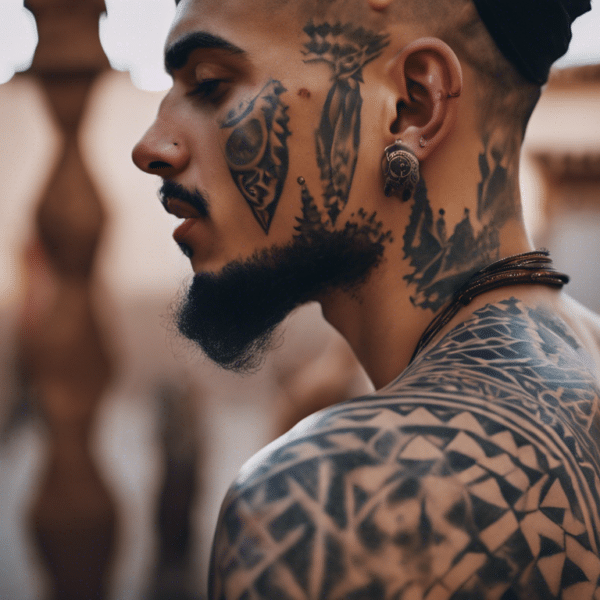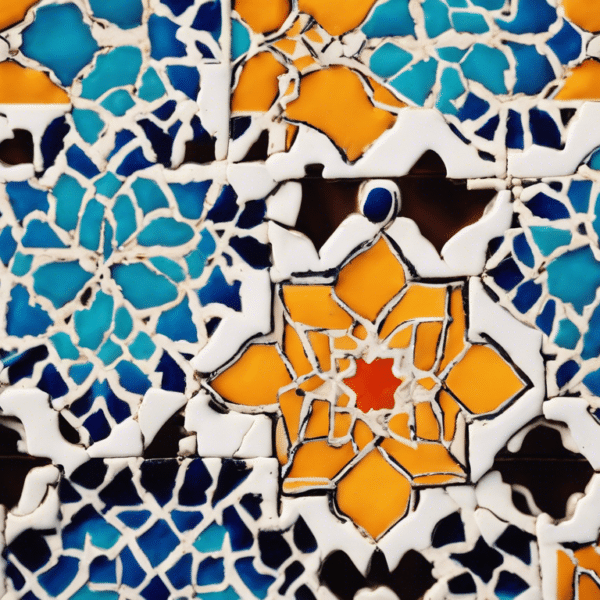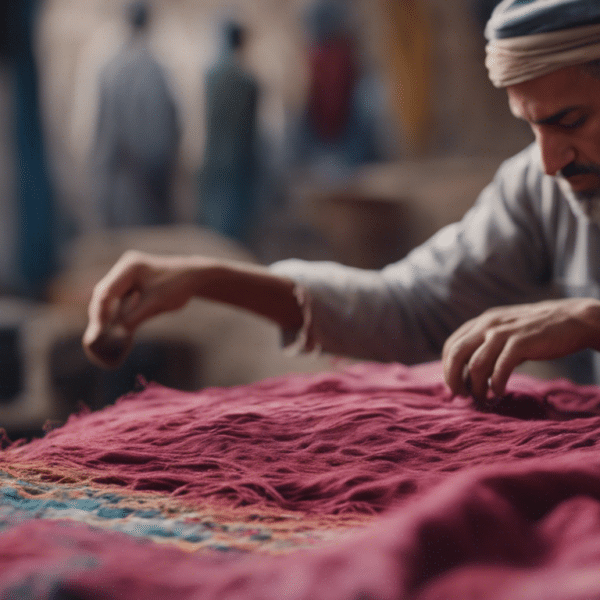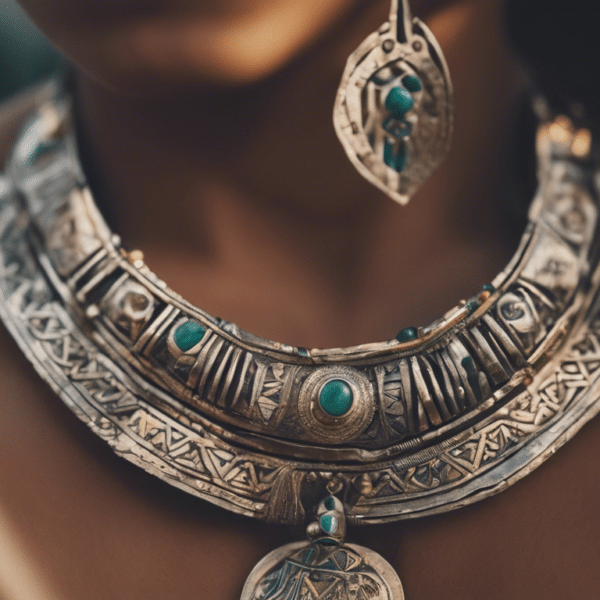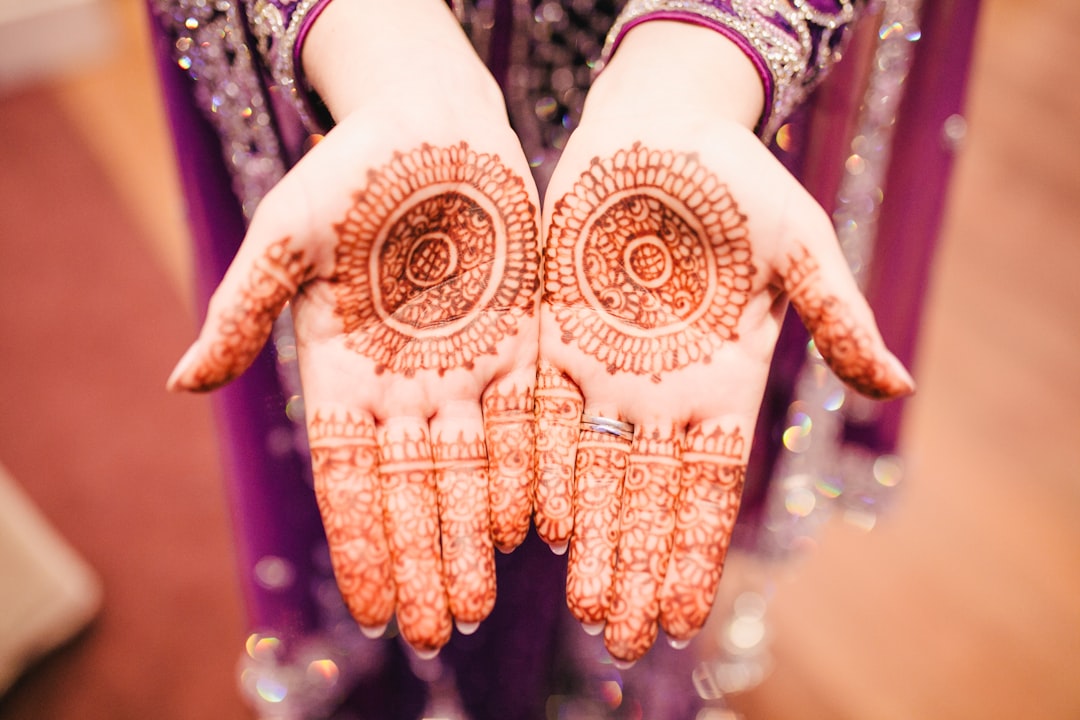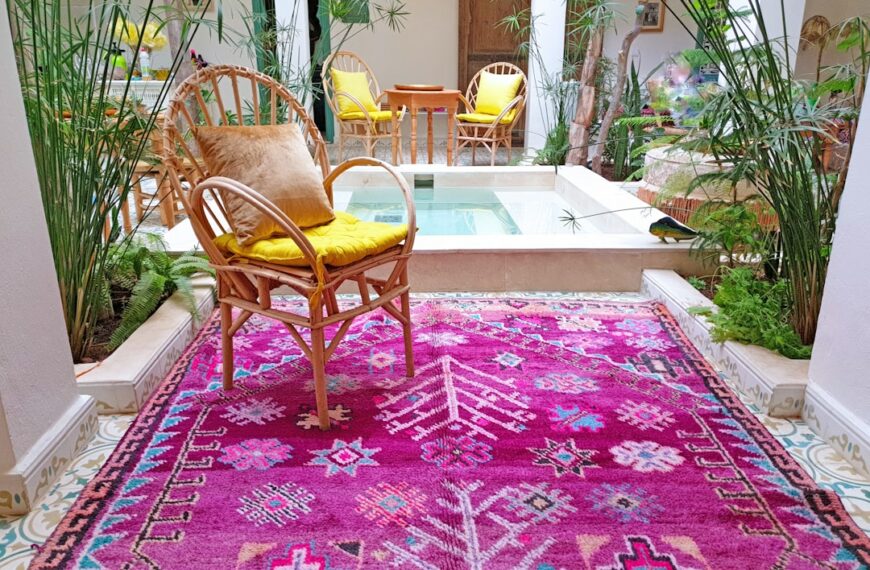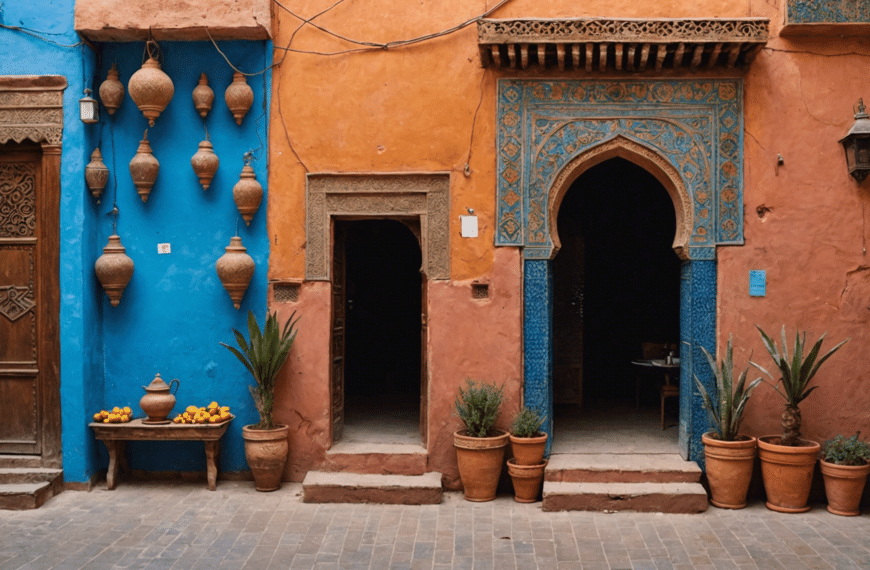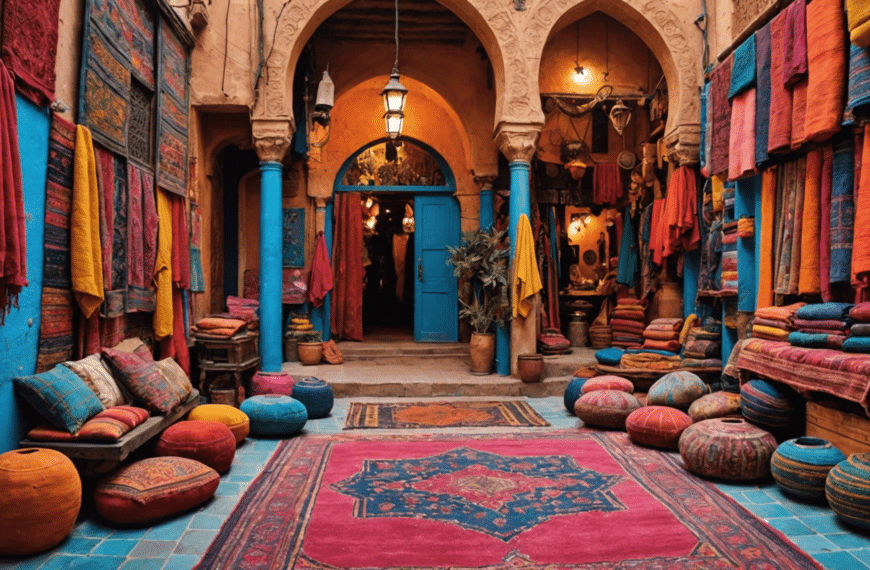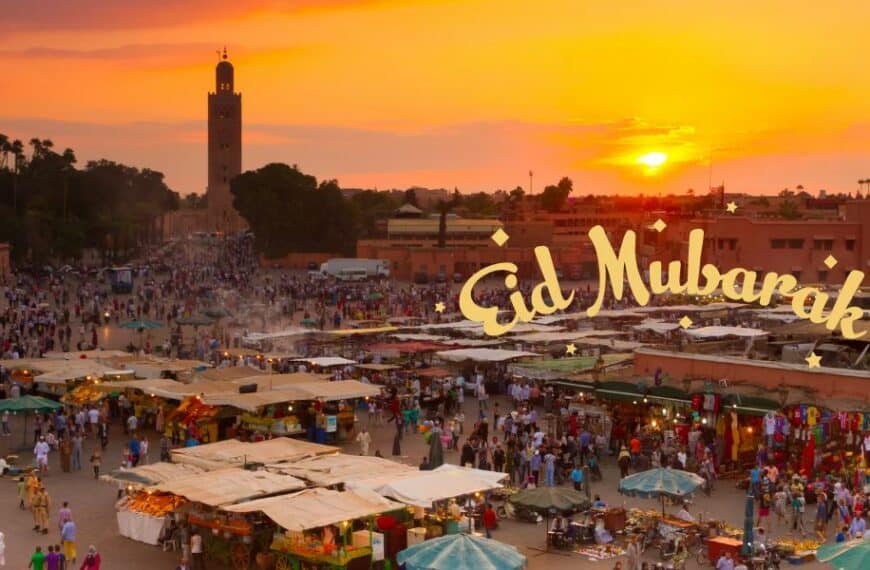Envelop yourself in the vibrant tapestry of Moroccan festive attire—a symphony of color, texture, and tradition that dances to the rhythm of joyous celebration. In the heart of every garment, stories are woven, telling tales of ancient customs blossoming into the fabric of today’s festivities. From the enchanting buzz of market stalls brimming with rich hues to the soft whisperings of silks and linens, learn how to curate your own piece of Moroccan magic. This is not just about dressing, it’s an artful embrace of a culture that prides itself in its ceremonial garb. Stand with us at the crossroads of timeless elegance and modern flair, as we guide you through the kaleidoscope of styling colorful Moroccan festive attire. Let the journey transform you, and let your attire be as alive and effervescent as the spirit of Morocco itself.
Understanding Moroccan Festive Attire
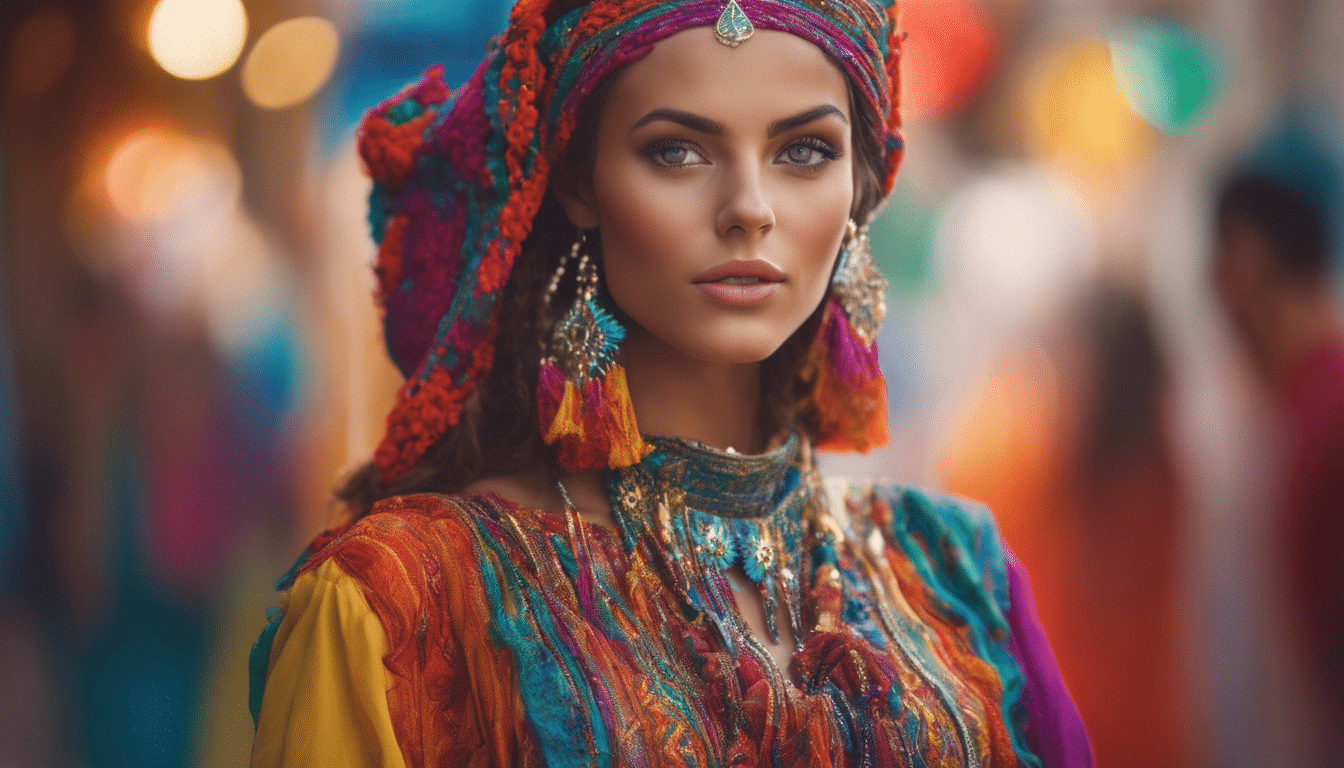
Moroccan Festive Attire: A Tapestry of Color and Tradition
Vibrant, intricate, and steeped in centuries of tradition – Moroccan festive attire is a visual feast that embodies the country’s rich cultural heritage. These costumes are not merely garments but are integral to the celebrations and hold deep-seated meaning in the customs of Moroccan life. Within each thread and pattern lies a narrative waiting to be unfurled, a journey through time that traces back to ancient civilizations.
The Quintessence of Moroccan Elegance
Key to any Moroccan celebration is the Djellaba—a long, loose-fitting outer robe with full sleeves. It serves as both practical attire and a symbol of elegance. For festive occasions, the Djellaba is often made of richer fabrics and adorned with detailed embroidery, reflecting the status and sophistication of the wearer.
In the same vein, the Caftan, perhaps the most iconic of Moroccan garments, presents itself as a masterpiece of design and craftsmanship. Worn by women, this traditional long dress is often made from luxurious materials like silk and velvet and is beautifully decorated with intricate patterns, golden threading, and delicate beads.
Accessorizing the Attire
The beauty of Moroccan festive clothing is further enhanced by the addition of accessories. For women, a wide belt known as the Mdamma cinches the waist over the Caftan, shimmering with ornate metalwork and precious stones. Equally important are the jewelry pieces—large bracelets, earrings, and necklaces, often made of silver or gold, which add an opulent touch to the celebration.
The Interplay of Footwear and Headwear
No outfit is complete without the proper footwear. Babouches, traditional Moroccan slippers made of leather, are adorned with embroidery and sequins, echoing the resplendence of the garments they accompany. For headwear, men might don a finely crafted Fez or a Turban, which can be elegantly wrapped to signify social status or marital standing.
Seasonal Variations and Celebratory Garb
The seasonal climate in Morocco also influences festive garment choices. While lighter fabrics are chosen for the warmth of summer celebrations, the cooler winter months invite the use of heavier, lined Djellabas.
During weddings, the bride may undergo several wardrobe changes, each attire representing a different aspect of her new life and heritage. These ensembles range from the Takchita—a two-layered Caftan replete with embellishments—to the Amaria, a traditional bridal canopy used to present the bride.
The groom, on the other hand, wears a distinctive suit known as the Jabador, often white and embroidered, which conveys a sense of majesty befitting the occasion.
Handcrafted Mastery: Moroccan Festive Attire
It is not only the wearing of these garments that is a celebration but also their creation. The artistry behind Moroccan attire involves highly skilled artisans who utilize age-old techniques to weave, sew, and embroider these pieces by hand—a true testament to Morocco’s dedication to preserving its handicraft traditions.
Embracing Tradition in Modern Times
As Morocco strides into modernity, it finds ways to meld the contemporary with the traditional. Designers today are reinterpreting classic Moroccan festive attire, integrating modern trends while upholding the authenticity that makes the garments inherently Moroccan. From fashion runways to street wear, the rich palette and intricate designs continue to leave a mark on the global fashion landscape.
Each piece of Moroccan festive attire weaves a narrative of history, craftsmanship, and cultural pride. For the discerning appreciator, it’s a wardrobe that transcends mere aesthetics, standing as a testament to a vibrant culture that celebrates its past while always looking towards the future.
The Significance of Color in Moroccan Celebrations
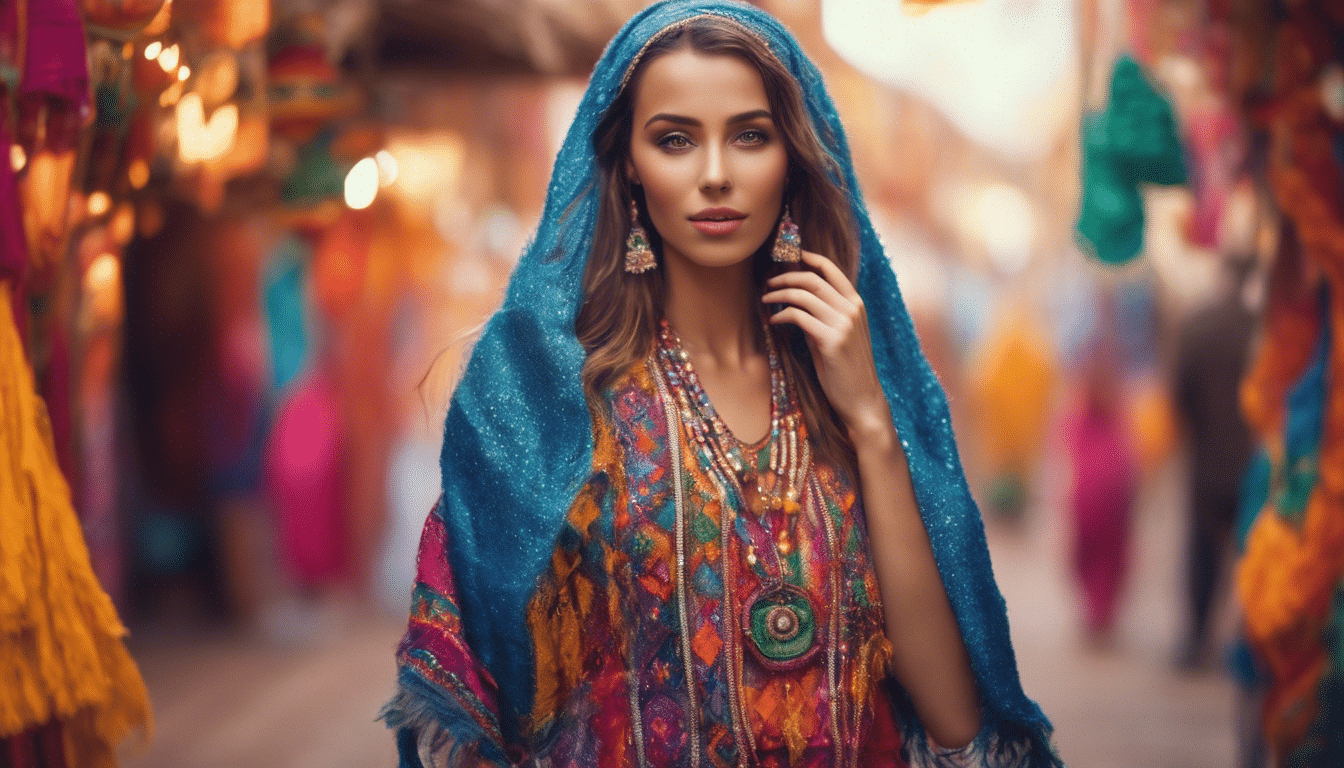
When one steps into the kaleidoscope of Moroccan festivals, it isn’t just the music or the aroma of spiced dishes that wrap around the senses—it’s a vibrant palette of colors, each telling a story woven into the very fabric of Moroccan festive attire. The significance of color in these celebrations is deep-rooted and reflects the country’s rich cultural tapestry. Let us embark on a chromatic journey through the hues of Moroccan festivities, exploring how each color animates the spirit of its cultural ethos.
Joy and Purity: The Radiance of White
In the realm of Moroccan celebrations, white is the quintessence of joy and purity. Traditional garments such as the ‘Kaftan’ and ‘Djellaba’ are adorned in crisp white during religious festivities and weddings, symbolizing a new beginning and the pure heart of the celebrants. With its elegance, the pristine white attire offsets the vibrant surroundings, making it a prominent sight in the midst of exuberant celebration.
Passion and Celebration: The Allure of Red
The fiery allure of red captures the essence of passion and vitality in Moroccan festivals. It’s a symbol of courage and strength, often embraced during important life events. The richness of a blood-red caftan worn by a bride at her Henna party ignites the atmosphere with its bold presence. As the color of henna that adorns the hands and feet of women in beautiful, intricate designs, red commands attention and celebrates femininity with vigor.
Tranquility and Healing: The Serenity of Green
Green, deeply symbolic within Islamic culture, resonates with tranquility and healing. It embodies a sense of renewal, often featured in attire during religious holidays such as Eid. Moroccan festivities include the presence of green tiles, carpets, and fabrics as a subtle backdrop, blending seamlessly with the more dynamic shades. In gardens where ceremonies sometimes take place, the greenery complements the festive fashion to create an ecosystem of visual harmony—a testament to Morocco’s appreciation for nature’s palette.
Prosperity and Wisdom: The Depth of Blue
The Moroccan skies and the vast Atlantic influence the country’s palette, bringing the depth of blue into festive attire. This shade, from the light tints of azure to the deep notes of indigo, speaks of prosperity, wisdom, and a connection to the spiritual world. In the coastal towns especially, where the sea meets the sky, blue caftans and tunics reflect the infinite horizon, instilling a sense of continuity and unity during communal celebrations.
Energy and Warmth: The Vibrancy of Yellow
The vibrancy of yellow like the beam of the morning sun is infused within Moroccan festivities, representing energy, optimism, and warmth. This cheerful hue, manifesting in golden embroidery or soft saffron dyed fabrics, adds a touch of luminosity to the affair. During celebrations, a burst of yellow in dress can symbolize a light-hearted approach to life and a warm welcome to guests from near and far.
In Morocco, every color serves as a thread in the cultural fabric, binding together history, emotion, and the shared experiences of festivity. Embracing these hues in festive attire, Moroccans not only celebrate in style but also express their identity and values, ensuring that with every shade worn, they are paying homage to a tradition as timeless as the land itself. So when one immerses in the splendors of Moroccan celebrations, it’s essential to see beyond the spectrum—it’s a dance of colors that narrates the silent stories of a nation in celebration.
Essential Elements of Moroccan Festive Outfits
As we weave through the excitement and colors of Moroccan festivities, the fabric of tradition envelops us, not just metaphorically, but quite literally. Festive attire in Morocco is a vibrant tapestry that tells stories of culture, history, and a passion for aesthetic splendor. Each element of traditional Moroccan dress is steeped in cultural significance and artisanal mastery.
The Majestic Caftan: A Symbol of Elegance
The caftan is the cornerstone of Moroccan ceremonial dress, a robe of elegance that has graced the country’s celebrations for centuries. During a festive event, the air shimmers with the refined glow of the caftan’s fabric. Intricately designed, it boasts luxurious materials such as silk, satin, or velvet, often embroidered with dazzling threads of silver or gold. Each caftan is a masterpiece, a reflection of both the wearer’s taste and the artisan’s skill.
The Ethereal Takchita: Layers of Complexity
For occasions that call for a more intricate ensemble, the takchita comes to the forefront. This two-piece wonder captivates onlookers with its detailed craftsmanship. The inner layer, or kaftan, is complemented by a second, more adorned outer layer, the dfina, which adds depth and complexity to the attire. Fastened with an ornate belt, or mdama, the takchita is a festival of visual textures and patterns bound together in harmonious beauty.
Handcrafted Footwear: The Babouche and Beyond
No outfit is complete without the right pair of shoes. In Morocco, that often means the babouche. These traditional Moroccan slippers reflect simplicity and ease, but festive versions are far from ordinary. Embellished with intricate designs, metallic threads, or vibrant beads, babouche slippers can elevate any festive look. For a more formal occasion, finely made leather sandals might take their place, bridging the gap between traditional comfort and modern elegance.
Accessorizing with Jewelry: A Glint of Tradition
Accessories are the final touches to the festive Moroccan look. Jewelry often serves as more than mere ornamentation – it’s a communicator of status, a protector against the evil eye, and a carrier of tradition. Large, ornate silver pieces with coral or turquoise insets can be seen adorning necks, ears, wrists, and even hair. The famed Moroccan belt, or hizam, not only cinches the garment but often acts as a statement piece, rich with intricate motifs and precious stones.
Embroidery and Embellishment: The Art of Decoration
The artisanship of Moroccan festive attire lies greatly in its decoration. Embroidery known as tarz, often hand-stitched, is a crucial element. The intricacy of its patterns and precision displays a relentless pursuit of perfection. Sequins, shimmering threads, and even small mirrors might be sewn into clothing to reflect light and showcase the wearer’s taste for complexity and craftsmanship.
The Headpiece: The Tarbouche and Head Scarves
The tarbouche, a traditional fez hat, is a common sight for men in many festive settings, while women may opt for beautifully adorned scarves, intricately wrapped to perfection. These headpieces do not just complete the outfit; they are emblems of respect and reverence to tradition, crowning the wearer with the dignity due to any festival attendee.
The Aroma of Tradition: Fragrances Completing the Outfit
Although not a visual element, the scent is a vital aspect of the festive attire. The infusion of orange blossom or rose water onto garments or the subtle scent of oud wood worn by guests adds a layer of sensory delight to the occasion, mingling with the air to create an unforgettable ambience.
Moroccan festive attire, with all its elements, not only dresses the individual but also enrobes them in the grandeur of Moroccan culture. It is where the love for beauty, tradition, and craftsmanship weave into a tapestry of fabric, color, and scent – ready to be celebrated.

